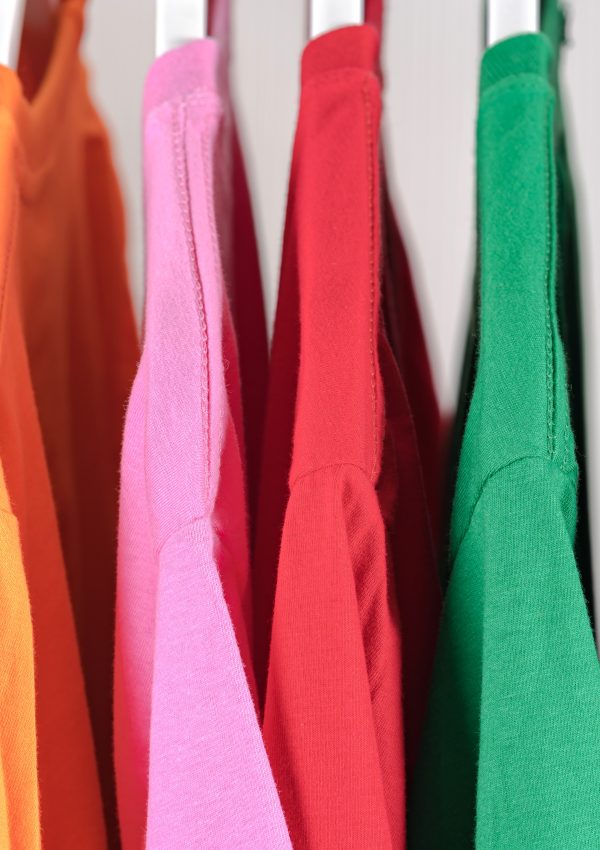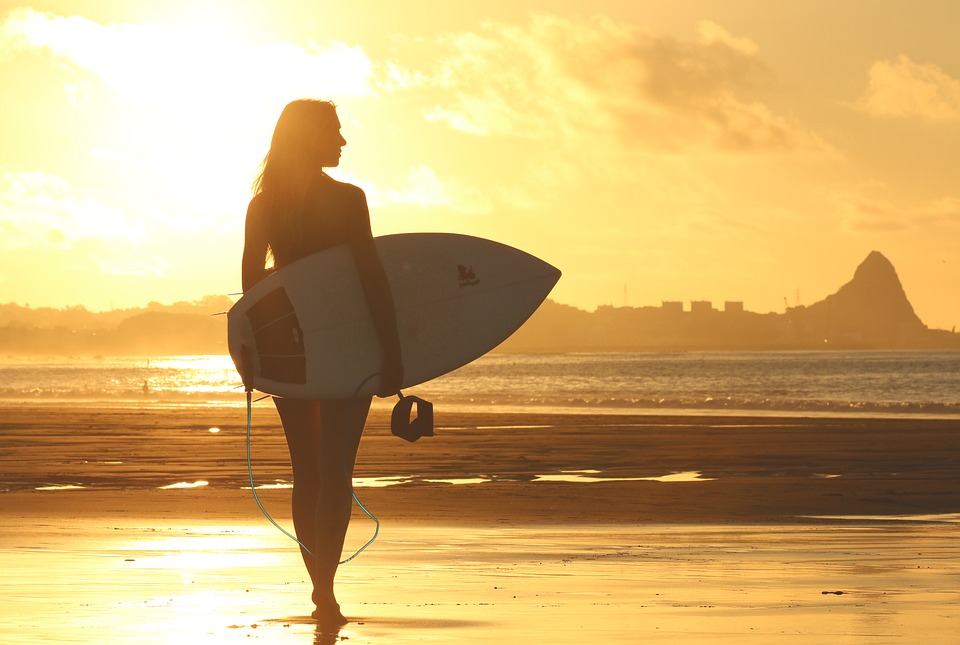There are many things that buyers need to consider when choosing between the different types of paddle boards. As an increasingly popular water sport, new brands are constantly popping up and bringing new products to the market, which means you need to know what to look for to ensure that you don’t buy an unsuitable or potentially dangerous board. Understanding the differences between board types and being able to recognize a high-quality board among low-quality models is very important. To help you find the perfect paddle board for your next trip to the open water, here is our inflatable paddle board buyer’s guide.
Understand the Differences between Board Categories
Depending on your level of paddle boarding experience, there are many different types of boards that are suitable for different paddling locations. If you are relatively new to paddle boarding, it is highly recommended that you choose a versatile inflatable paddle board for more flexibility in paddling styles. However, if you are quite experienced in board sports, you may want to consider a “sport” or “performance” board. If you have a specific board requirement or prefer a specific type of paddle boarding, you should choose a board that is customized for a certain use. This may be surfing, yoga, whitewater use, touring, or racing. There are even boards for paddlers who want to do more specialized activities such as windsurfing, group paddling, and fishing. Understand your needs first and you will be able to narrow down your choices and save time looking at all the boards available.
2. Consider the Board Dimensions
After choosing your ideal category of paddle board, you will then need to choose a board with the right dimensions. Generally speaking, if you are a larger paddler, you should opt for a large inflatable paddle board because this will provide the necessary buoyancy. However, the size and shape of the ideal inflatable board will also depend on your personal preferences and skills. Here are a few basics to help you understand more about how certain sizes and shapes can affect overall performance levels for paddlers: In terms of overall size, a narrow board tends to be faster yet less stable than a wide board. When it comes to length, a longer board tends to have more glide than a shorter board. When choosing the shape, boards that are wider at the tail tend to be more stable than boards with narrow tails but narrower tails offer faster turning speeds. Aside from size and shape, thickness also plays a major role in a paddle board’s performance as well. For instance, thick boards can support more weight but the excessive thickness will come with certain disadvantages like bulkiness and a lack of maneuverability. With the right amount of weight, thin boards can often be more stable than thick boards because they are easier to handle. Your best bet is to try and borrow boards of different dimensions either from friends or from a rental shop to see what suits you best before you make a purchase.
3. Look at the Quality of the Materials
Paddle boards can be a fairly big investment, and so that you don’t waste your money, you need to consider the durability of different board options. When it comes to inflatable paddle boards, machine laminated dual-layer PVC is considered one of the lightest yet strongest materials available but it is also usually the priciest. This is due to higher manufacturing costs but with consumer preference leaning towards lighter boards, dual layer boards are still the most popular as well as being the most durable. Compared to hard boards, good-quality inflatables are less likely to be damaged by rocks and less likely to have dings or holes that require costly repairs. Nowadays, you can find a high-quality inflatable paddle board that is highly durable and made from military-grade materials for a few hundred dollars.
4. Consider Weight and Portability
Inflatable paddle boards come with pumps for inflating and storage bags. If you love paddling but have limited space for storage, it can be difficult to store a large paddle board in your small house and apartment. With inflatables, they offer more portability as they can be easily deflated and stored or carried around. Whether you are traveling on a car, bus or airplane, an inflatable paddle board is the easiest option if you plan on paddling during your trip.
5. Look for Versatility
If you plan to use your paddle board in a range of different places such as a lake, river, and the ocean, you should choose an all-round board that will hold its own no matter what the conditions. All-round inflatable paddle boards are generally good boards for both beginners and advanced paddlers since they offer adequate speed and stability while still being highly portable. Whether you plan on chilling on a calm lake or doing some serious surfing, touring, or fishing, you cannot go wrong with a versatile multi-use paddle board.
6. Choose a Stable Board
Stability is very important for both beginners and advanced riders. Regardless of your level of experience, if injury prevention is your top priority, you should choose an ultra-stable inflatable paddle board. Unfortunately, accidents can happen, particularly if you are paddling in the ocean. From back injuries to shoulder and forearm injuries, risks can be minimized with the right paddling technique and a stable board. Make sure you always warm up properly before hitting the water as this will also reduce your chance of injury. Be very careful when it comes to the weather and water conditions, especially in the sea.

There is a lot to love when it comes to paddling out in the open water. With the right paddle board, you can ensure that your experience is both enjoyable and safe. Overall, inflatable paddle boards are more durable than hard boards, as well as being lighter, more portable, more versatile, and safer. When you are choosing your next (or first!) inflatable paddle board, make sure you keep this article in mind and it will enable you to make a well-informed decision and pick out the best board for your needs.




